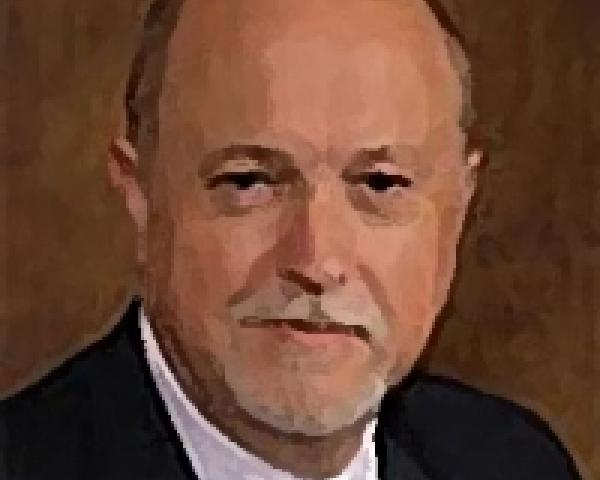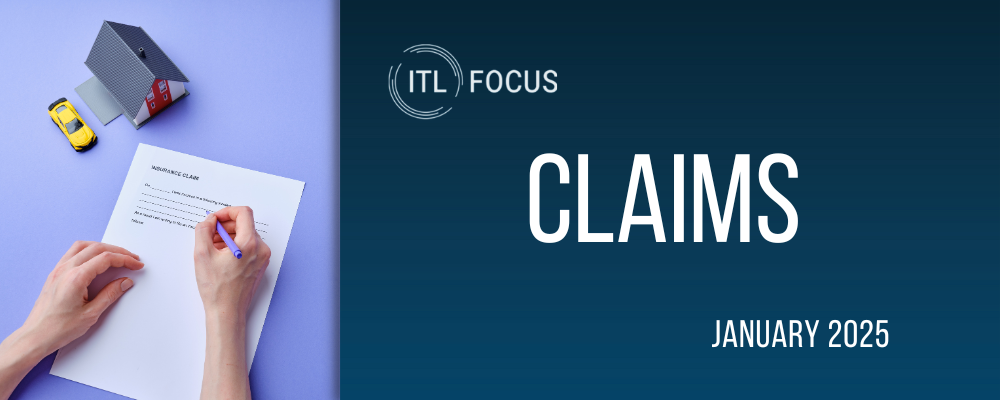Owner Controlled Insurance Program Liability Claims Challenges, Part 8
Under a typical general liability policy, if a claim presented against an "insured” is partially covered by the policy, the insurance carrier issues a reservation of rights. The reservation of rights letter identifies those claims, causes of action, or damages that are not covered by the policy.|








